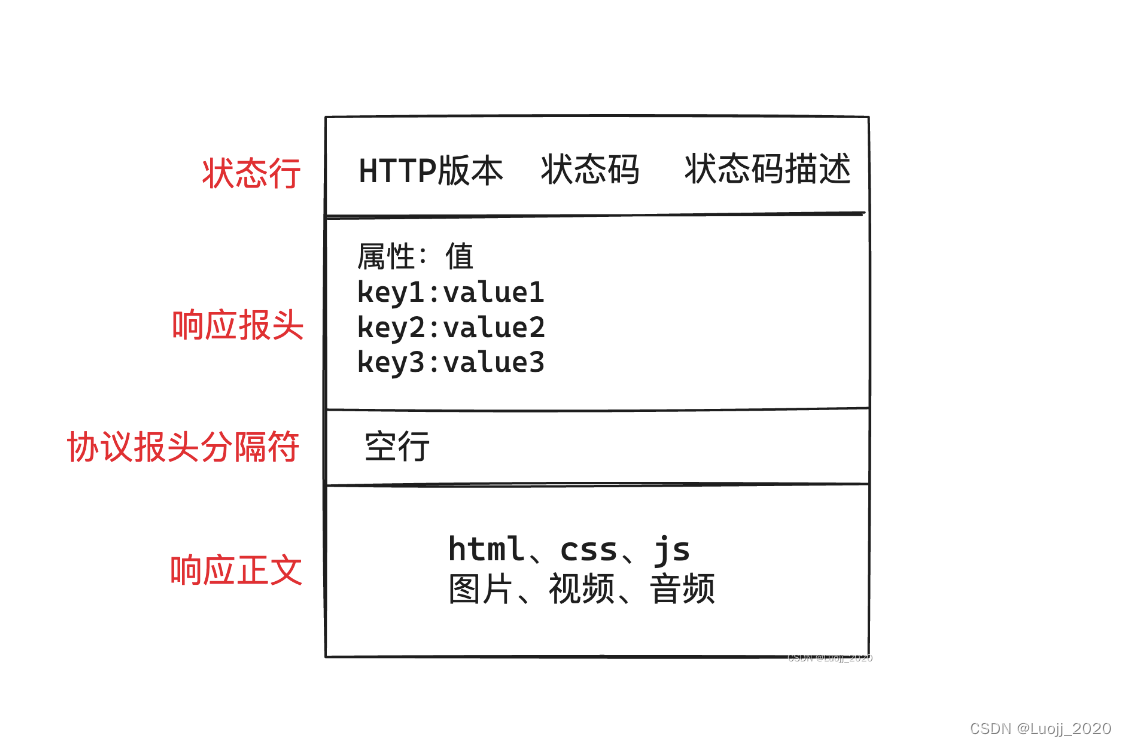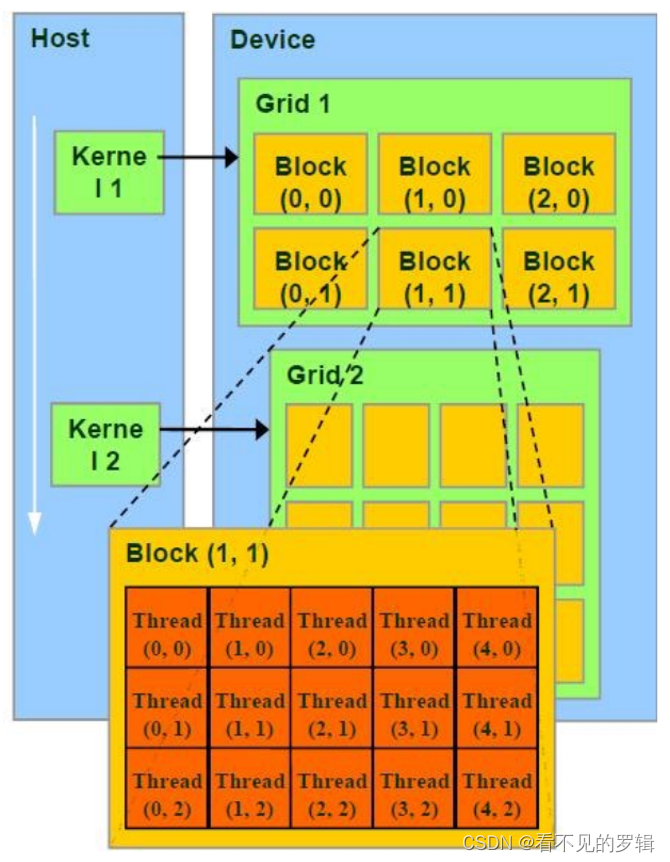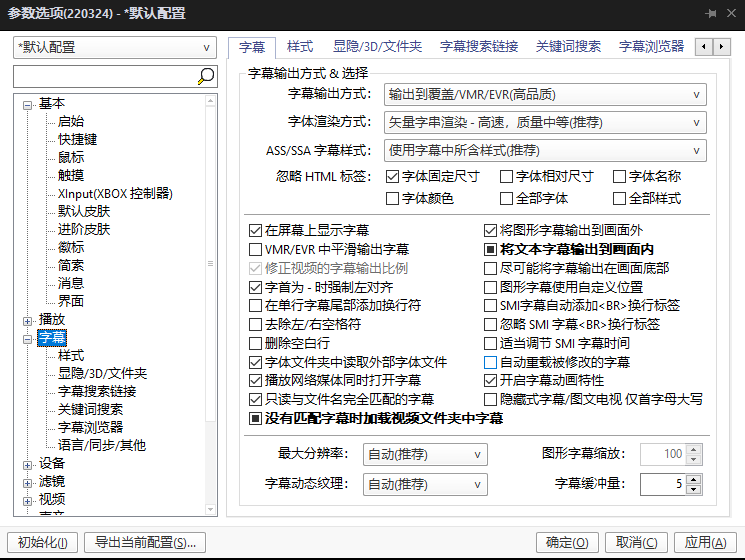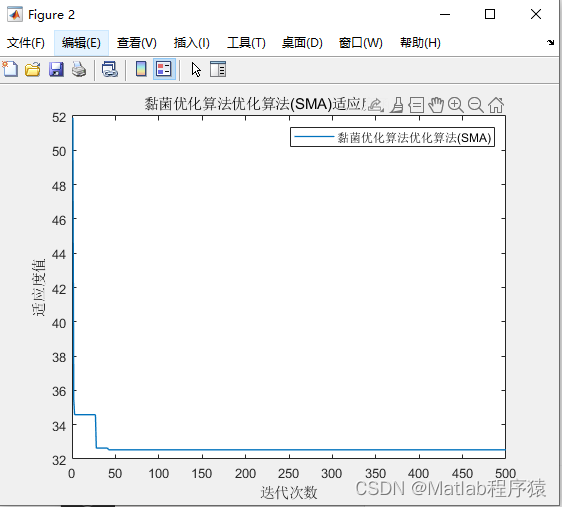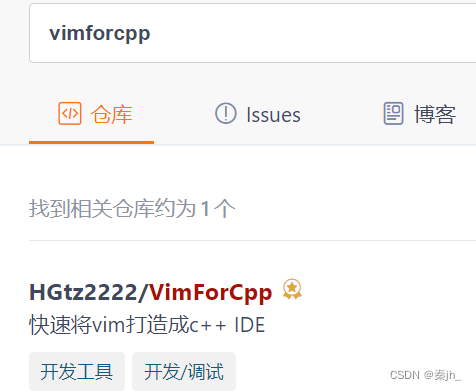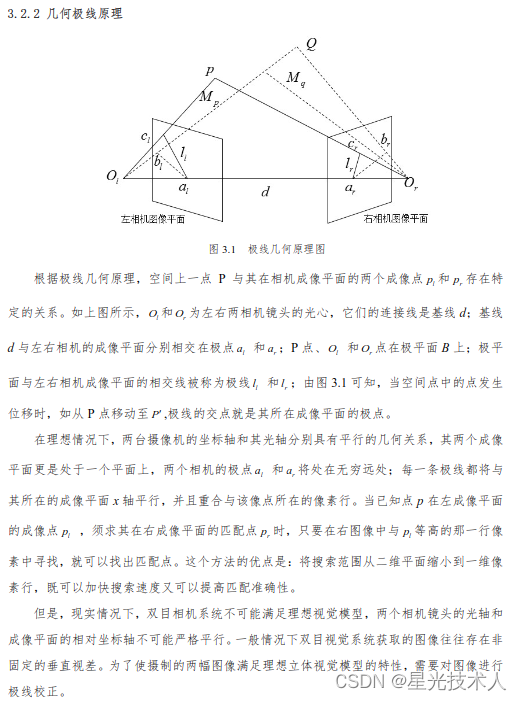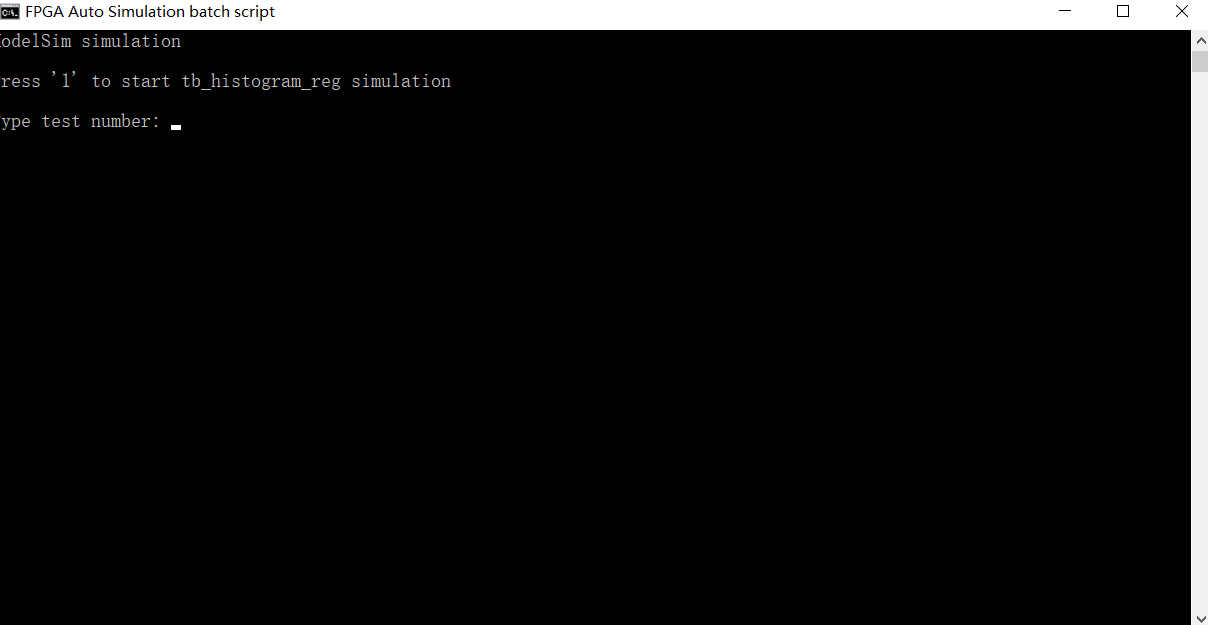
音视频裁剪,通常会依据时间轴为基准,从某个起始点到终止点的音视频截取出来,当然音视频文件中存在多路流,所对每一组流进行裁剪
基础概念:
编码帧的分类:
I帧(Intra coded frames): 关键帧,采用帧内压缩技术,所占数据的信息量比较大,I帧不需要参考其他画面而生成,解码时仅靠自己就重构完整图像;
P 帧(forward Predicted frames): 向前参考帧,根据本帧与相邻的前一帧(l帧或P帧)的不同点来压缩本帧数据,同时利用了空间和时间上的相关性。压缩时,只参考前面已经处理的帧(I帧或P帧),采用帧间压缩技术。它占I帧的一半大小
B 帧(Bidirectional predicted frames): 双向参考帧,B 帧图像采用双向时间预测,可以大大提高压缩倍数。压缩时,既参考前面已经处理的帧,也参考后面的帧,帧间压缩技术。它占I帧四分之一大小。
I帧图像是周期性出现在图像序列中的,出现频率可由编码器选择;I帧是P帧和B帧的参考帧(其质量直接影响到同组中以后各帧的质量);I帧是帧组GOP(Group of Pictures)的基础帧(第一帧),且每组只有一个I帧。
对于一个视频文件,帧的显示顺序:IBBP,但是帧的存储方式可能是:IPBB。现在我们需要在显示B帧之前知道P帧中的信息,这时就需要一个解码时间戳(dts(Decoding Time Stamp))和一个显示时间戳(pts(Presentation Time Stamp))。解码时间戳告诉我们什么时候需要解码,显示时间戳告诉我们什么时间需要显示。通常pts和dts只有在流中有B帧的时候才不同。
FFmpeg中用AVPacket结构体来描述解码前、后的压缩包,用AVFrame结构体来描述解码后、前的信号帧。 对于视频来说,AVFrame就是视频的一帧图像。这帧图像什么时候显示给用户,就取决于它的PTS。DTS是AVPacket里的一个成员,表示这个压缩包应该什么时候被解码。 如果视频里各帧的编码是按输入顺序(也就是显示顺序)依次进行的,那么解码和显示时间应该是一致的。可事实上,在大多数编解码标准(如H.264或HEVC)中,编码顺序和输入顺序并不一致,于是才会需要PTS和DTS这两种不同的时间戳。所以视频流中的时间总是pts(显示时间) >= dts(解码时间)。
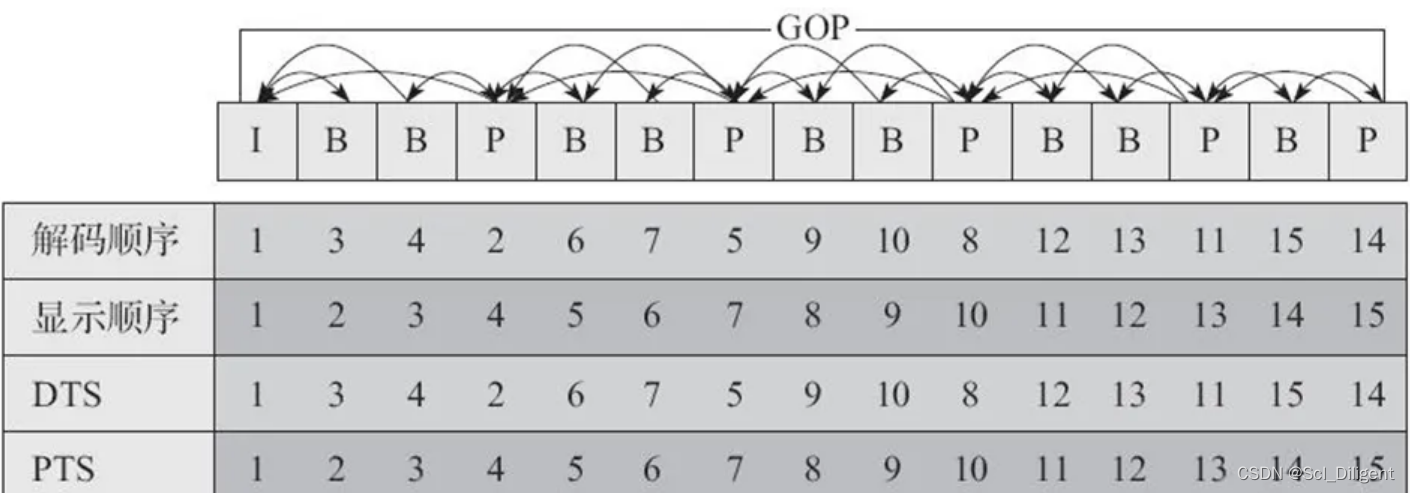
ffmpeg中时间相关时间单位:
ffmepg中的内部计时单位(时间基),ffmepg中的所有时间都是于它为一个单位,比如AVStream中的duration即以为着这个流的长度为duration个AV_TIME_BASE。AV_TIME_BASE定义为:
#define AV_TIME_BASE 1000000ffmpeg提供了一个把AVRatioal结构转换成double的函数:
static inline double av_q2d(AVRational a){
/**
* Convert rational to double.
* @param a rational to convert
**/
return a.num / (double) a.den;
}可以根据pts来计算一桢在整个视频中的时间位置:
timestamp(秒) = pts * av_q2d(st->time_base); //这里的st是一个AVStream对象指针。计算视频长度的方法:
time(秒) = st->duration * av_q2d(st->time_base); // 这里的st是一个AVStream对象指针。时间基转换公式
- timestamp(ffmpeg内部时间戳) = AV_TIME_BASE * time(秒)
- time(秒) = AV_TIME_BASE_Q * timestamp(ffmpeg内部时间戳)
所以当需要把视频跳转到N秒的时候可以使用下面的方法:
int64_t timestamp = N * AV_TIME_BASE; // N秒转换为内部时间戳
av_seek_frame(fmtctx, index_of_video, timestamp, AVSEEK_FLAG_BACKWARD); // // AVSEEK_FLAG_BACKWARD 向后找到I帧不同时间基之间的转换函数(作用是计算a * bq / cq,来把时间戳从一个时基调整到另外一个时基。在进行时基转换的时候,我们应该首选这个函数,因为它可以避免溢出的情况发生。)
int64_t av_rescale_q(int64_t a, AVRational bq, AVRational cq)裁剪音视频代码实例:
//裁剪多媒体文件(因为视频存在I帧B帧P帧,所以裁剪结果和输入时长有误差)
//编译链接:gcc -o cut cut.c `pkg-config --libs --cflags libavutil libavformat libavcodec`
//执行 ./cut test.mp4 cut.mp4 (starttime) (endtime)(单位秒)
#include<stdio.h>
#include<stdlib.h>
#include<libavutil/log.h>
#include <libavformat/avformat.h>
int main(int argc, char* argv[])
{
int ret = -1;
int idx = -1;
int i = 0;
int stream_idx = 0;
// 处理输入参数
char* src, * dst;
double starttime, endtime;
int64_t* dts_start_time, * pts_start_time;
int* stream_map = NULL;
AVFormatContext* pFmtCtx = NULL; // 多媒体上下文
AVFormatContext* oFmtCtx = NULL; // 目标文件上下文信息
const AVOutputFormat* outFmt = NULL; // 输出文件格式信息
AVPacket pkt; // 包
av_log_set_level(AV_LOG_DEBUG);
if (argc < 5) { //该可执行程序 源文件 目标文件 起始时间 结束时间
av_log(NULL, AV_LOG_INFO, "Arguments must be more than 5.");
exit(-1);
}
src = argv[1];
dst = argv[2];
starttime = atof(argv[3]);
endtime = atof(argv[4]);
if (endtime < starttime) {
av_log(NULL, AV_LOG_INFO, "Cut time error!.");
exit(-1);
}
// 打开多媒体文件(包含文件头和文件体)
if ((ret = avformat_open_input(&pFmtCtx, src, NULL, NULL)))
{
av_log(NULL, AV_LOG_ERROR, "%s\n", av_err2str(ret));
exit(-1);
}
// 打开目的文件的上下文
avformat_alloc_output_context2(&oFmtCtx, NULL, NULL, dst);
if (!oFmtCtx) {
av_log(NULL, AV_LOG_ERROR, "NO Memory!\n");
goto _ERROR;
}
stream_map = av_calloc(pFmtCtx->nb_streams, sizeof(int));
if (!stream_map) {
av_log(NULL, AV_LOG_ERROR, "NO Memory!\n");
goto _ERROR;
}
// 遍历源文件每一条流
for (i = 0; i < pFmtCtx->nb_streams; i++) {
AVStream* outStream = NULL;
AVStream* inStream = pFmtCtx->streams[i];
AVCodecParameters* inCodecPar = inStream->codecpar;
// 只处理音、视频、字幕数据
if (inCodecPar->codec_type != AVMEDIA_TYPE_AUDIO &&
inCodecPar->codec_type != AVMEDIA_TYPE_VIDEO &&
inCodecPar->codec_type != AVMEDIA_TYPE_SUBTITLE) {
stream_map[i] = -1;
continue;
}
stream_map[i] = stream_idx++;
// 为目的文件创建一个新的视频流
outStream = avformat_new_stream(oFmtCtx, NULL);
if (!outStream) {
av_log(oFmtCtx, AV_LOG_ERROR, "NO Memory!\n");
goto _ERROR;
}
avcodec_parameters_copy(outStream->codecpar, inStream->codecpar); //将源文件的内容复制到目的文件
outStream->codecpar->codec_tag = 0; // 根据多媒体文件自动识别编解码器
}
//上下文信息与输出文件绑定
ret = avio_open2(&oFmtCtx->pb, dst, AVIO_FLAG_WRITE, NULL, NULL);
if (ret < 0) {
av_log(NULL, AV_LOG_ERROR, "%s", av_err2str(ret));
goto _ERROR;
}
// 写多媒体文件头(包含多媒体的类型、版本等信息)到目标文件
ret = avformat_write_header(oFmtCtx, NULL);
if (ret < 0) {
av_log(oFmtCtx, AV_LOG_ERROR, "%s", av_err2str(ret));
goto _ERROR;
}
// 跳转到时间点
ret = av_seek_frame(pFmtCtx, -1, starttime * AV_TIME_BASE, AVSEEK_FLAG_BACKWARD); // AVSEEK_FLAG_BACKWARD 向后找到I帧
if (ret < 0) {
av_log(oFmtCtx, AV_LOG_ERROR, "%s", av_err2str(ret));
goto _ERROR;
}
// 记录第一个包的时间戳
dts_start_time = av_calloc(pFmtCtx->nb_streams, sizeof(int64_t));
pts_start_time = av_calloc(pFmtCtx->nb_streams, sizeof(int64_t));
for (int t = 0; t < pFmtCtx->nb_streams; t++) {
dts_start_time[t] = -1;
pts_start_time[t] = -1;
}
// 从源多媒体文件中读到音、视频、字幕数据
while (av_read_frame(pFmtCtx, &pkt) >= 0) { // 从多媒体文件读取到帧数据,读取码流中的音频若干帧或者视频一帧
AVStream* inStream, * outStream;
// 记录每组流截取开始的时间戳
if (dts_start_time[pkt.stream_index] == -1 && pkt.dts > 0) {
dts_start_time[pkt.stream_index] = pkt.dts;
}
if (pts_start_time[pkt.stream_index] == -1 && pkt.pts > 0) {
pts_start_time[pkt.stream_index] = pkt.pts;
}
inStream = pFmtCtx->streams[pkt.stream_index];
if (av_q2d(inStream->time_base) * pkt.pts > endtime) { // 结束时间
av_log(oFmtCtx, AV_LOG_INFO, "cut success!\n");
break;
}
if (stream_map[pkt.stream_index] < 0) { // 流编号为-1, 不是音、视频、字幕流数据
av_packet_unref(&pkt); // 释放packet
continue;
}
// 相对时间
pkt.pts = pkt.pts - pts_start_time[pkt.stream_index];
pkt.dts = pkt.dts - dts_start_time[pkt.stream_index];
if (pkt.dts > pkt.pts) { // 音频dts、pts 相等,视频的pts >= dts
pkt.pts = pkt.dts;
}
pkt.stream_index = stream_map[pkt.stream_index];
outStream = oFmtCtx->streams[pkt.stream_index];
av_packet_rescale_ts(&pkt, inStream->time_base, outStream->time_base); // 修改时间戳
pkt.pos = -1; // 偏移位置
av_interleaved_write_frame(oFmtCtx, &pkt); // 将视频帧写入目标文件中
av_packet_unref(&pkt);
}
// 写多媒体文件尾到文件中
av_write_trailer(oFmtCtx);
// 将申请的资源释放掉
_ERROR:
if (pFmtCtx) {
avformat_close_input(&pFmtCtx);
pFmtCtx = NULL;
}
if (oFmtCtx->pb) {
avio_close(oFmtCtx->pb);
}
if (oFmtCtx) {
avformat_free_context(oFmtCtx);
oFmtCtx = NULL;
}
if (stream_map) {
av_free(stream_map);
}
if (dts_start_time) {
av_free(dts_start_time);
}
if (pts_start_time) {
av_free(pts_start_time);
}
return 0;
}参考:
ffmpeg中的时间单位_pkt.duration的值-CSDN博客
https://blog.51cto.com/moonfdd/6266754?articleABtest=0

